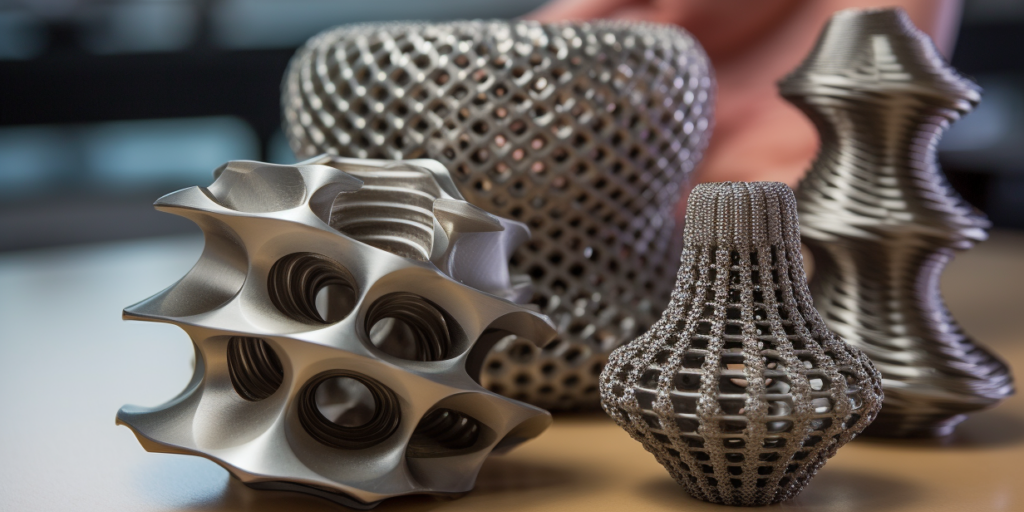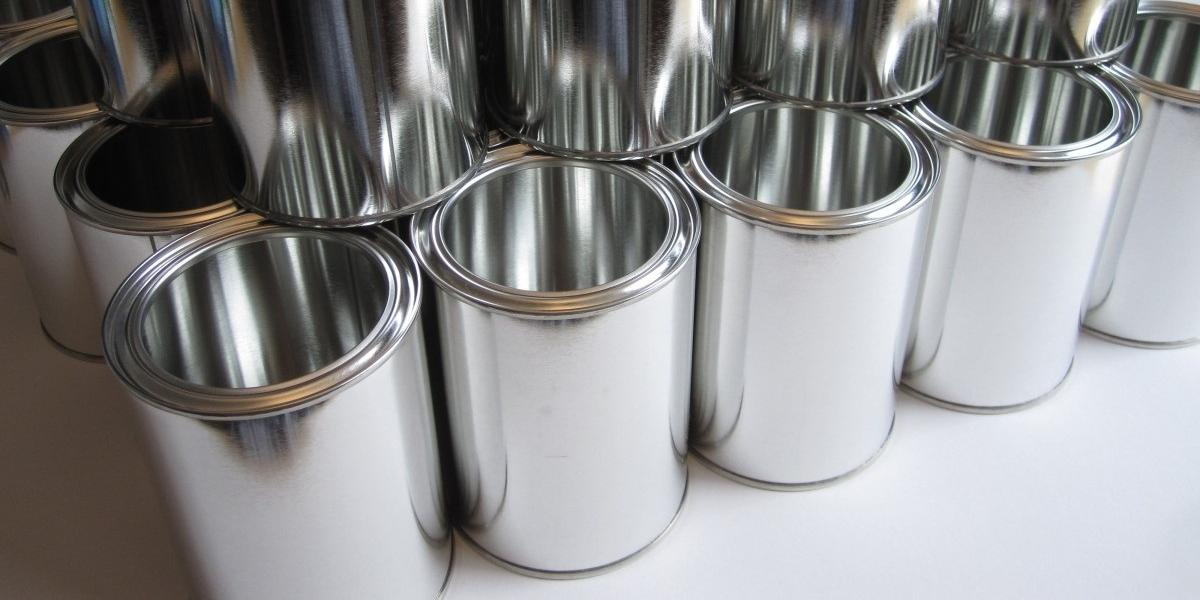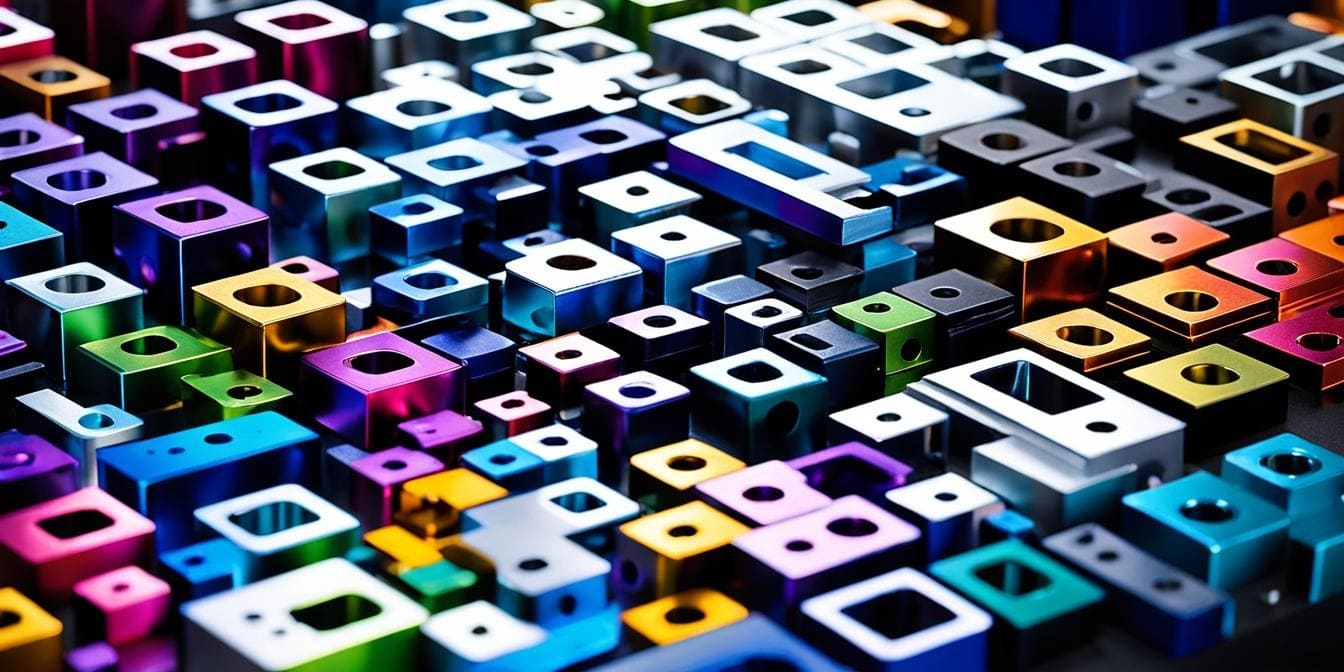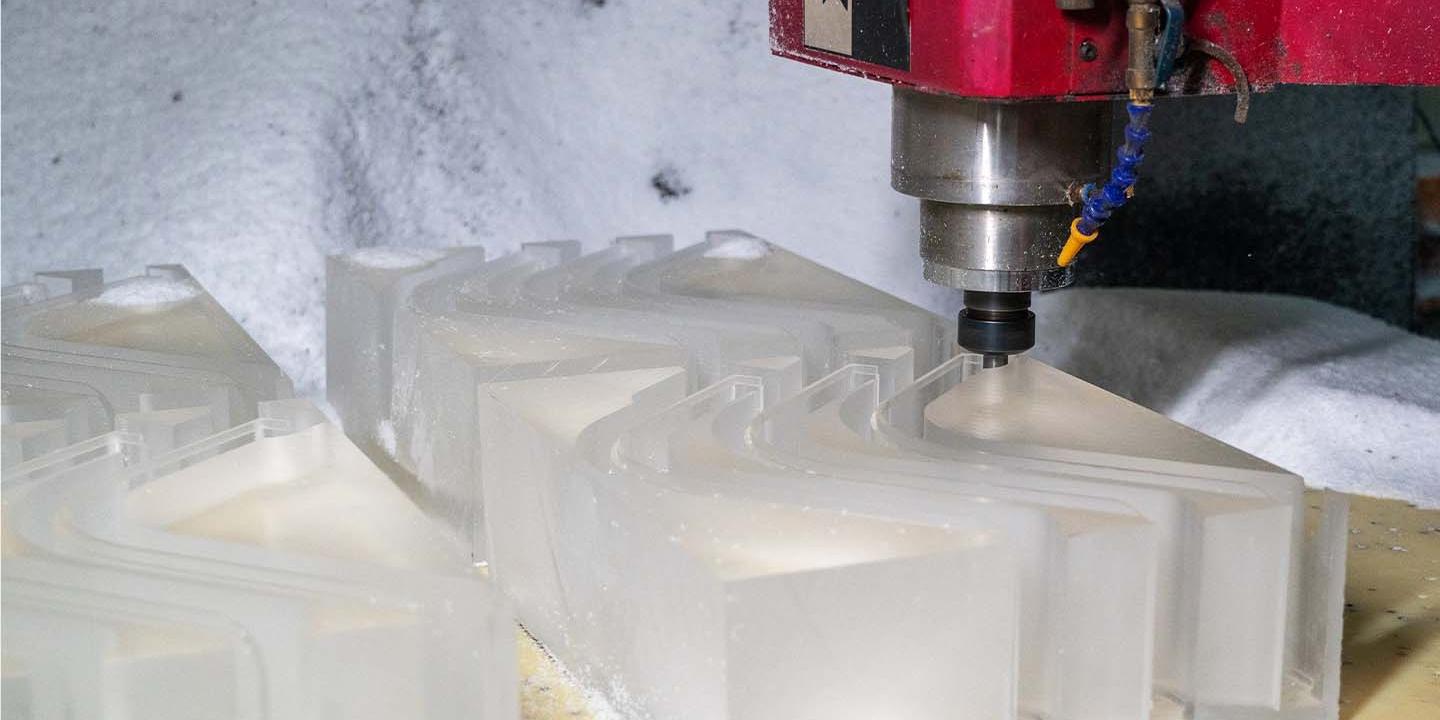
Acrylic CNC machining is a precise and efficient method for shaping acrylic into custom components used across industries like electronics, automotive, and consumer goods. Acrylic is a preferred plastic for both prototyping and end-use parts that demand visual appeal or light transmission.
In this guide, we’ll explore what acrylic is, how CNC machining works with it, and why it’s a smart choice for many manufacturing applications.
What is Acrylic?
Acrylic, also known as PMMA (Polymethyl Methacrylate), is a transparent thermoplastic often used as a lightweight and shatter-resistant alternative to glass. Acrylic offers excellent optical clarity, with up to 92% light transmittance, higher than most other plastics and even glass in some cases.
Acrylic offers several advantages when it comes to CNC machining. Its unique characteristics make it highly machinable and ideal for producing both functional and aesthetic components:
- Excellent Machinability: Acrylic machines cleanly without significant risk of cracking or chipping, even with intricate designs.
- High Optical Clarity: Ideal for applications requiring transparent components, such as display cases or lenses.
- Easy to Polish: Can be flame polished to achieve a smooth, glossy finish, enhancing its visual appeal.
- Good Dimensional Stability: Acrylic maintains its shape and size over time, providing reliable consistency in machined parts.
- Variety of Thickness Options: Available in various thicknesses, making it versatile for both lightweight and thicker applications.
- Customizable Surface Finish: Can be machined for matte or glossy finishes depending on application needs.
- Low Expansion Rate: Acrylic has a low thermal expansion, making it suitable for applications that require dimensional precision.
Acrylic is available in cast and extruded forms, with each offering slightly different properties. Cast acrylic tends to have better optical clarity and is easier to machine without cracking, while extruded acrylic is more uniform in thickness and often more cost-effective.
Properties of Acrylic (PMMA)
| Property | Typical Value | Notes |
| Density | 1.18–1.20 g/cm³ | Lightweight material, easy to handle during machining |
| Tensile Strength (Ultimate) | 65–76 MPa | Provides adequate strength for structural and decorative applications |
| Tensile Yield Strength | ~70 MPa | Indicates the stress at which permanent deformation begins |
| Flexural Strength | 90–120 MPa | Strong resistance to bending or flexing |
| Elastic Modulus | ~3,000 MPa | Stiffness suitable for load-bearing precision parts |
| Impact Strength (Izod) | 1.5–2.5 kJ/m² | Lower than polycarbonate; handle with care during machining |
| Heat Deflection Temperature | 85–105°C | Suitable for low- to moderate-temperature applications |
| Melting Point | ~160°C | Avoid excessive heat during CNC processes to prevent softening |
| Coefficient of Thermal Expansion | 70–77 × 10⁻⁶ /°C | Requires thermal consideration for tight-tolerance assemblies |
| Light Transmittance | Up to 92% | Excellent clarity, ideal for optical and display components |
Note: Exact values can vary slightly depending on the acrylic grade (cast vs. extruded) and manufacturer specifications. For critical applications, refer to specific material datasheets.

Image: Acrylic (PMMA) Machining
What Are the Acrylic Grades?
Acrylic used in CNC machining comes in two main grades: cast acrylic and extruded acrylic. While both are made from the same base polymer (PMMA), their manufacturing processes result in different mechanical behaviors, cost structures, and machining characteristics. Understanding the differences between these two grades is essential for selecting the right material for your project.
Cast Acrylic
Cast acrylic is produced by pouring liquid PMMA into molds, which results in a material with excellent optical clarity and a harder surface. This grade is less prone to melting or gumming during CNC machining, making it well-suited for applications requiring polished edges and tight tolerances.
While cast acrylic offers superior visual quality, its manufacturing process can lead to slight variations in sheet thickness, which should be considered when precision is critical. It is generally more expensive than extruded acrylic and is commonly used for high-end display components, optical lenses, and decorative parts.
Extruded Acrylic
Extruded acrylic is manufactured by continuously pushing melted resin through a die, producing sheets with uniform thickness and consistent dimensions.
This makes it more cost-effective and ideal for high-volume production where tight visual tolerances are less critical. It is slightly softer than cast acrylic, which can lead to minor surface scratches and edge melting if not machined properly.
However, its affordability and dimensional stability make it a popular choice for general-purpose enclosures, indoor signage, and protective panels.
Tip: For CNC machining tasks requiring high precision, minimal edge chipping, and visual clarity, cast acrylic is typically the better choice. For cost-sensitive or non-visual components, extruded acrylic offers practical value.
Why Use Acrylic in CNC Machining?
Acrylic is a highly favored material in CNC machining due to its combination of excellent optical clarity, ease of machining, and versatile applications. It offers superior aesthetic appeal with its glass-like finish, making it ideal for products that require both functionality and visual appeal.
Additionally, acrylic’s low thermal expansion and high dimensional stability ensure that parts maintain their shape and integrity, even in precision machining processes.
Acrylic CNC Machining Techniques
CNC machining techniques play a critical role in shaping acrylic into precise, high-quality components, and selecting the right method ensures both functionality and visual performance of the final part.
Common Methods and Machine Types
CNC machining of acrylic typically involves several core techniques, for example:
- milling
- drilling
- engraving
- cutting
Milling is widely used for shaping acrylic blocks into complex geometries, while drilling allows for precise hole placement without cracking the material. Engraving is often employed to add logos, patterns, or labels on the surface.
These operations are usually carried out on 3-axis or 5-axis CNC mills and routers, with 5-axis machines offering greater flexibility for multi-angled or intricate parts.
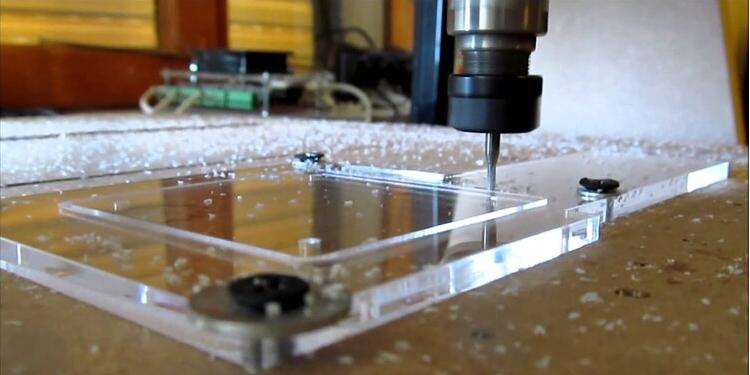
Image: Acrylic CNC Machining
Speed, Feed, and Tooling
Successful machining of acrylic relies heavily on proper spindle speed, feed rate, and tool selection. High spindle speeds (in the range of 15,000 to 20,000 RPM) help achieve clean cuts, but they must be balanced with appropriate feed rates to avoid heat buildup and material melting.
Using sharp, single-flute or polished carbide tools designed for plastics minimizes edge chipping and ensures a smooth finish. Coolants or compressed air are also recommended during machining to dissipate heat and maintain the clarity and integrity of the acrylic surface.
Tolerances and Surface Finish
When it comes to acrylic CNC machining, maintaining tight tolerances is essential for parts that require precise fit and function. Acrylic parts can achieve dimensional tolerances at ±0.1 mm (±0.004 inches), based on the complexity and size of the component.
Surface finish is equally important, as acrylic is often chosen for its visual clarity and smoothness. CNC machining can produce various finishes, from a matte or frosted look created by fine sanding or bead blasting to a crystal-clear, glossy finish achieved through flame or vapor polishing.
Many CNC services offer custom finishing options that enhance clarity and edge smoothness, eliminating micro-scratches and providing a professional appearance. This flexibility makes CNC machining a preferred method for producing both functional parts and visually appealing acrylic components.
Best Practices for Acrylic CNC Machining
To achieve the best results when machining acrylic, it’s important to follow certain best practices that minimize defects and ensure high-quality finishes.
- Use Sharp, Specialized Tools: Employ single-flute or polished carbide cutters designed specifically for plastics to minimize heat buildup and reduce chipping or cracking.
- Optimize Spindle Speed and Feed Rate: Balance high spindle speeds with appropriate feed rates to prevent melting or deformation while maintaining clean cuts.
- Apply Coolant or Compressed Air: Use continuous airflow or mist coolant during machining to dissipate heat and protect the acrylic’s surface clarity.
- Ensure Secure Workholding: Properly clamp and stabilize the material to avoid vibrations that can cause surface defects or dimensional inaccuracies.
- Plan for Post-Machining Finishes: Consider flame polishing or vapor polishing if a high-gloss finish is required, as this significantly improves edge quality and aesthetics.
Following these steps helps maintain the integrity and appearance of acrylic parts throughout the CNC machining process.
Applications of Acrylic CNC Machining
Acrylic CNC machining is highly versatile, with applications spanning across various industries. The material’s excellent optical clarity, durability, and ease of machining make it ideal for both functional and decorative components. Some of the most common products that utilize acrylic CNC machining include:
- Display Cases
- Signage
- Optical Lenses
- Light Covers
- Protective Barriers
- Automotive Components
- Medical Devices
- Acrylic Furniture
Acrylic vs Other CNC Plastics
This table compares acrylic to other commonly machined plastics, such as polycarbonate, ABS, and Delrin (acetal), across key performance factors relevant to CNC machining. These differences can help engineers, designers, and procurement teams make informed decisions when selecting materials for specific applications.
| Property | Acrylic (PMMA) | Polycarbonate (PC) | ABS | Delrin (Acetal) |
| Optical Clarity | Excellent (92% light transmittance) | Good (around 88%) | Poor | Opaque |
| Impact Resistance | Moderate | Very High | Moderate | High |
| Machinability | Excellent | Good (prone to melting) | Good | Excellent |
| Surface Finish Potential | High (flame polishable) | Moderate (tough to polish) | Moderate | High |
| Dimensional Stability | Good | Good | Fair | Excellent |
| Cost | Moderate | High | Low | Moderate |
| Weight | Light | Light | Light | Medium |
While acrylic stands out for visual clarity and finish quality, materials like polycarbonate and Delrin may be better suited for high-impact or high-precision mechanical parts.
Choosing a CNC Acrylic Machining Service
At Xmake, we specialize in high-quality acrylic CNC machining, offering both prototyping and production for a wide range of applications. Our platform supports instant online quotes, allowing you to upload your CAD files and receive pricing and lead time within minutes.
FAQs
1. Can CNC machines cut acrylic cleanly?
Yes, CNC machines can cut acrylic cleanly when using the correct tooling and process parameters. Sharp single-flute cutters, proper spindle speeds, and air or coolant assistance are key to achieving smooth edges without chipping or melting.
2. Is laser cutting better than CNC for acrylic?
Laser cutting provides highly polished edges and is ideal for flat, intricate shapes, but it can cause heat-affected zones and stress cracking. CNC machining, on the other hand, is better suited for 3D parts, drilled holes, and tighter dimensional tolerances without thermal distortion.
3. What are the design limitations of CNC acrylic machining?
CNC acrylic machining may be limited in ultra-fine detail or extremely thin-walled geometries, which can lead to cracking or chipping. Designers should avoid sharp internal corners, allow for adequate wall thickness, and consider the material’s thermal expansion when defining tolerances.
4. Would acrylic glass pane ~1cm below a halogen light melt?
While acrylic has a melting point around 160 °C, it can begin to deform or yellow at much lower temperatures. Placing a pane just 1 cm below a halogen bulb, especially one without a heat shield, is not advisable due to heat accumulation and risk of softening or warping.
5. Can you melt acrylic at home?
Technically, acrylic can be softened or melted with sufficient heat, but doing so at home is not recommended. It emits fumes when heated, and without proper ventilation and temperature control, the process can be hazardous and result in poor-quality results.


